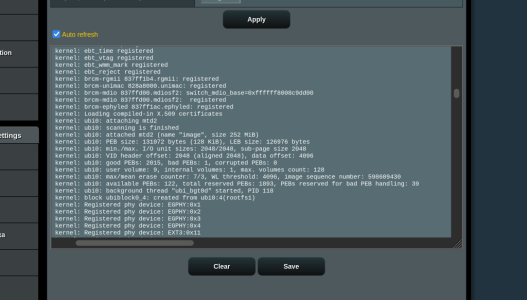I purchased a RT-AX88U Pro from Amazon and it reported 3 bad PEBs out of the box. I searched online and found that most people start at 0 bad PEBs, so I ordered a second RT-AX88U Pro and frustratingly it reports 1 bad PEB out of the box. Is this a problem?
My last router, a RT-AX88U suffered an untimely death at 4.5 years old so I worry about longevity. I know I am probably making mountains out of mole hills, but I really wanted to have all of my erase blocks working.
My last router, a RT-AX88U suffered an untimely death at 4.5 years old so I worry about longevity. I know I am probably making mountains out of mole hills, but I really wanted to have all of my erase blocks working.
Last edited:



